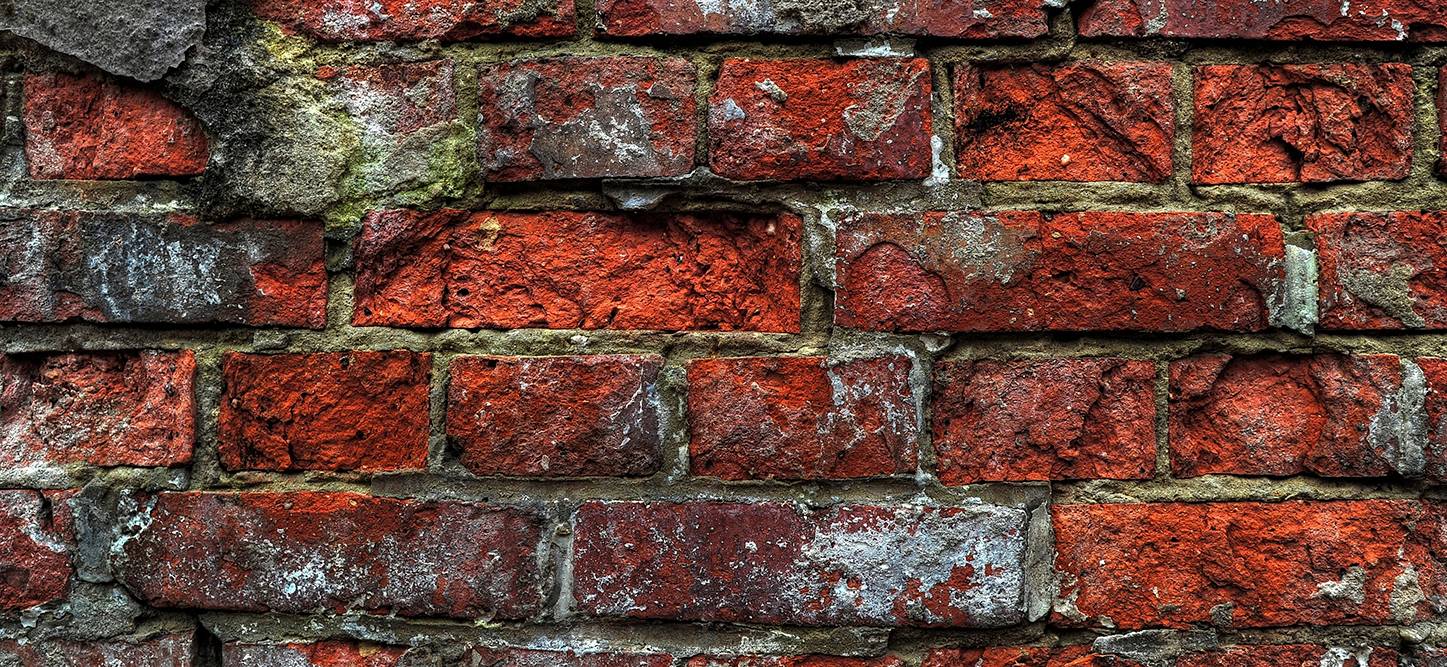To determine what, if any, hazardous materials were present, we developed a testing plan for our engineering team to sample the building materials. Following the testing and analysis, we identified the presence of PCBs and RCRA-listed metals. The data indicated that levels were well above regulatory thresholds, thus requiring remediation before any demolition activities could take place.
Coordinating with the company, we mapped out a remediation plan that involved our field service team working alongside our engineers throughout the project’s duration. Our thorough process involved rounds of testing, remediating, and testing again to ensure hazardous levels were below the permissible limits. The remediation involved frequent large waste disposal shipments of roll-off cans as well as drum shipments. Given the deficiencies identified during the walkthrough, our civil engineer performed a structural assessment each time our remediation team moved into a new area to ensure the safety of the work environment.
As we remediated known hazards, we also uncovered additional contaminants that required further removal and disposal. In response, we modified the plan and continued our work. Despite needing to revise the plan as we discovered unforeseen hazards, the remediation went smoothly and without incident.




